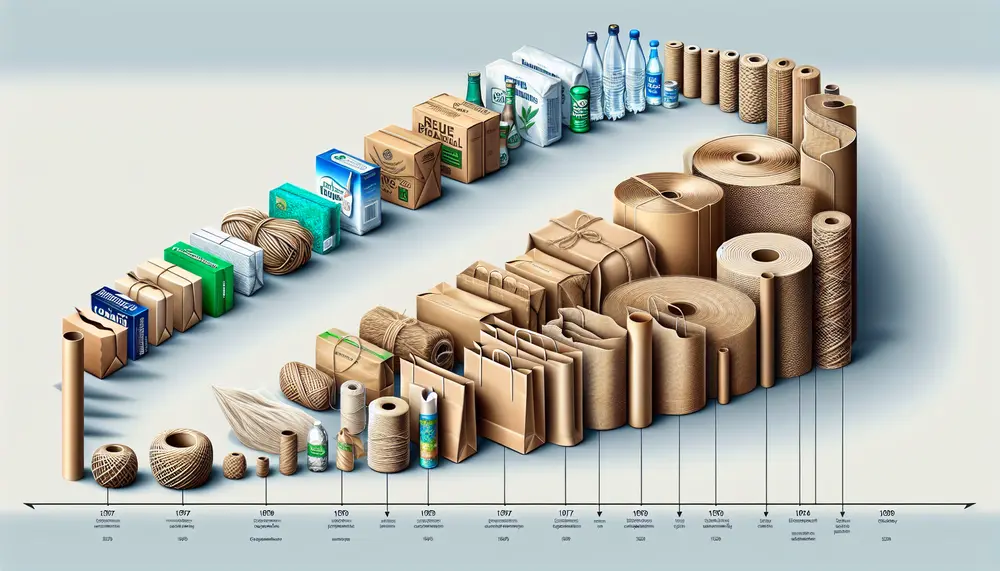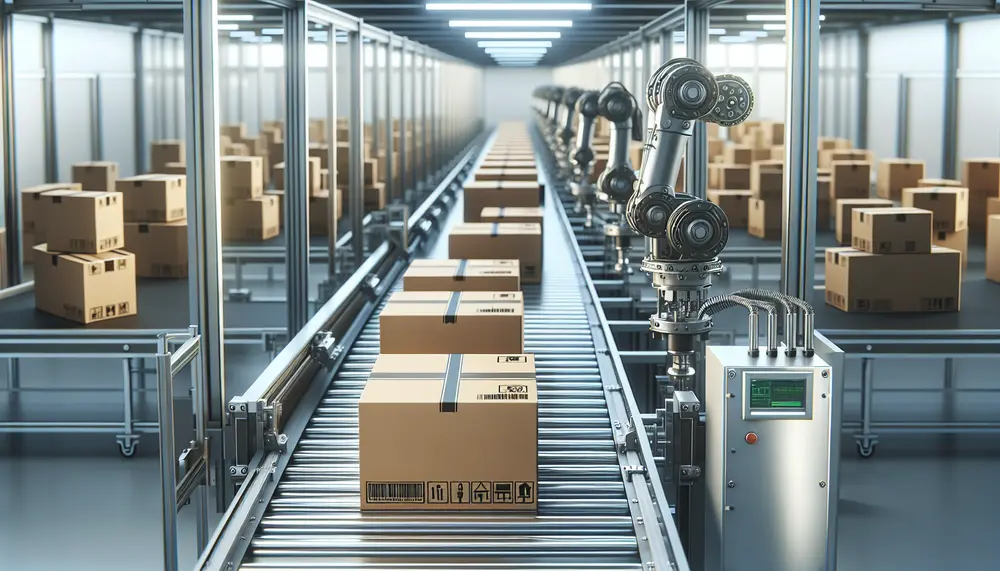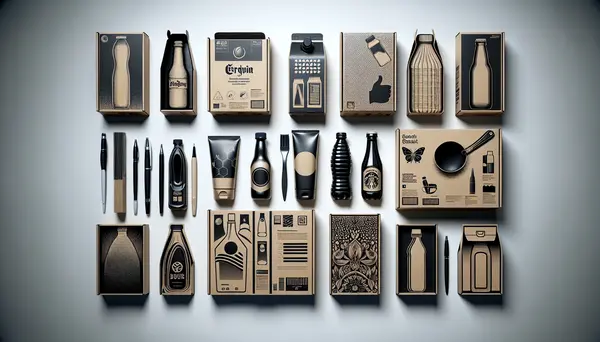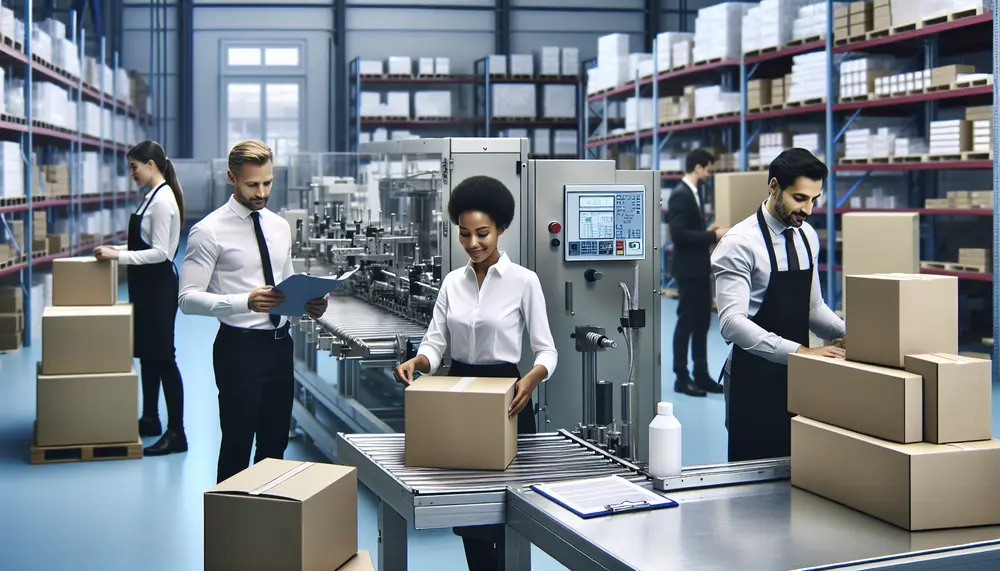Anti-microbial
Anti-microbial
Anti-microbial
The term anti-microbial refers to substances or materials that kill or inhibit the growth of microorganisms such as bacteria, fungi, and viruses. In the context of packaging, anti-microbial materials are used to extend the shelf life of products and ensure their safety.
Why Use Anti-microbial Packaging?
Anti-microbial packaging helps to keep food and other perishable items fresh for longer periods. This type of packaging is especially useful for products that are prone to spoilage or contamination. By reducing the growth of harmful microorganisms, anti-microbial packaging can prevent foodborne illnesses and reduce waste.
How Does Anti-microbial Packaging Work?
Anti-microbial packaging works by incorporating substances that have anti-microbial properties into the packaging material. These substances can be natural, like essential oils, or synthetic, like certain chemicals. When microorganisms come into contact with the anti-microbial surface, their growth is inhibited or they are killed.
Types of Anti-microbial Agents
There are various types of anti-microbial agents used in packaging. Some common examples include silver ions, copper, and zinc. Each of these agents has unique properties that make them effective against different types of microorganisms.
Benefits of Anti-microbial Packaging
Using anti-microbial packaging offers several benefits. It can help to reduce the risk of contamination, extend the shelf life of products, and maintain the quality and safety of the packaged items. This makes it a valuable tool in the food and healthcare industries.
Examples of Anti-microbial Packaging
Examples of anti-microbial packaging include food wraps, containers, and coatings that are treated with anti-microbial agents. These products are designed to provide an extra layer of protection against harmful microorganisms.
Blog Posts with the term: Anti-microbial

Packaging is a complex, engineered process for product protection, presentation, and preservation with functions including containment and information. It has evolved to incorporate user experience, environmental considerations, and technological advancements. Historically packaging materials have advanced from natural resources to modern lightweight...

The packaging industry's value chain encompasses material procurement, design and development, manufacturing, distribution, marketing, sales, and after-sales service. Challenges such as environmental regulations, consumer demands for sustainability, cost volatility, technological advances, globalization issues, and supply chain complexity necessitate strategic planning...

The article discusses the importance of innovative packaging solutions in today's business landscape, highlighting their role in product differentiation, quality preservation and consumer communication. It explores several game-changing trends such as eco-friendly packaging, smart packaging that offers interactive features like...

Protective packaging manufacturers design and produce solutions to safeguard products from damage, contamination, and environmental factors during transportation and storage. They work with various industries to create customized packaging using materials like foam, bubble wrap, corrugated cardboard, plastic films, barrier...
